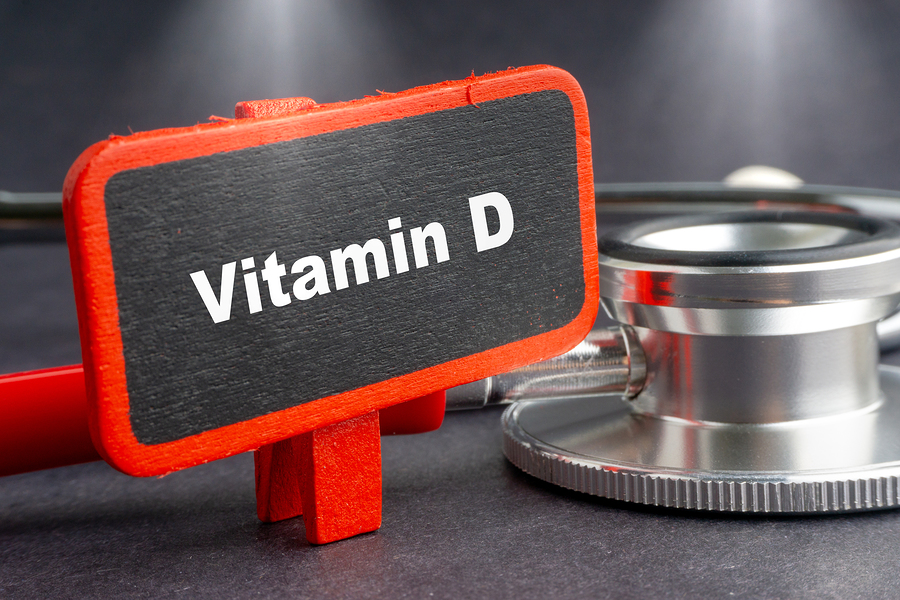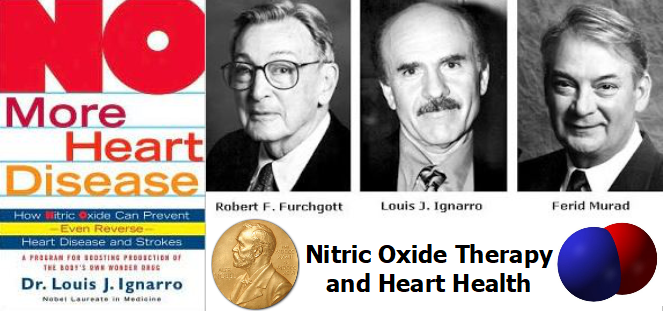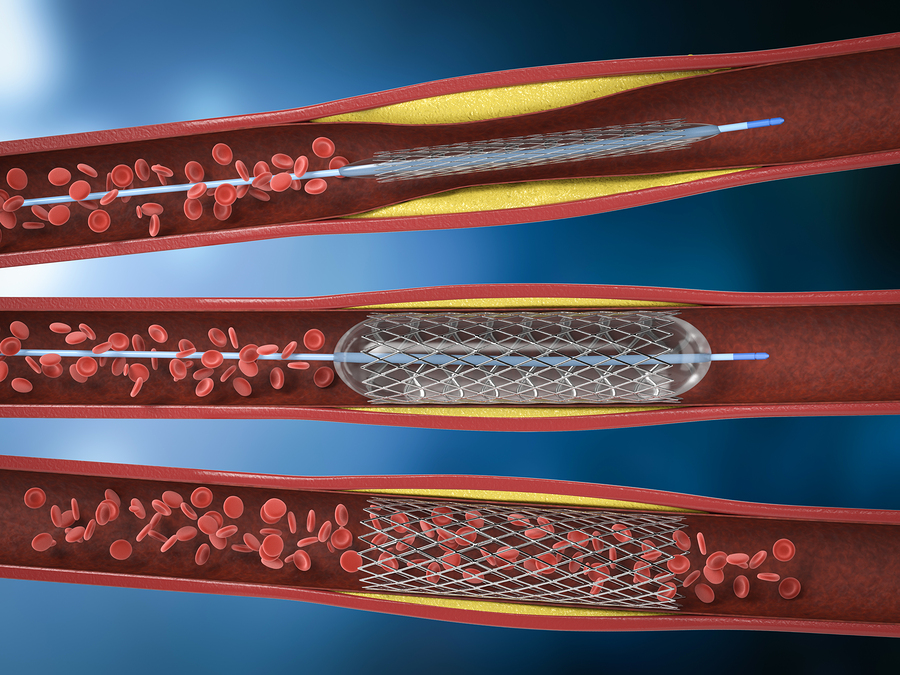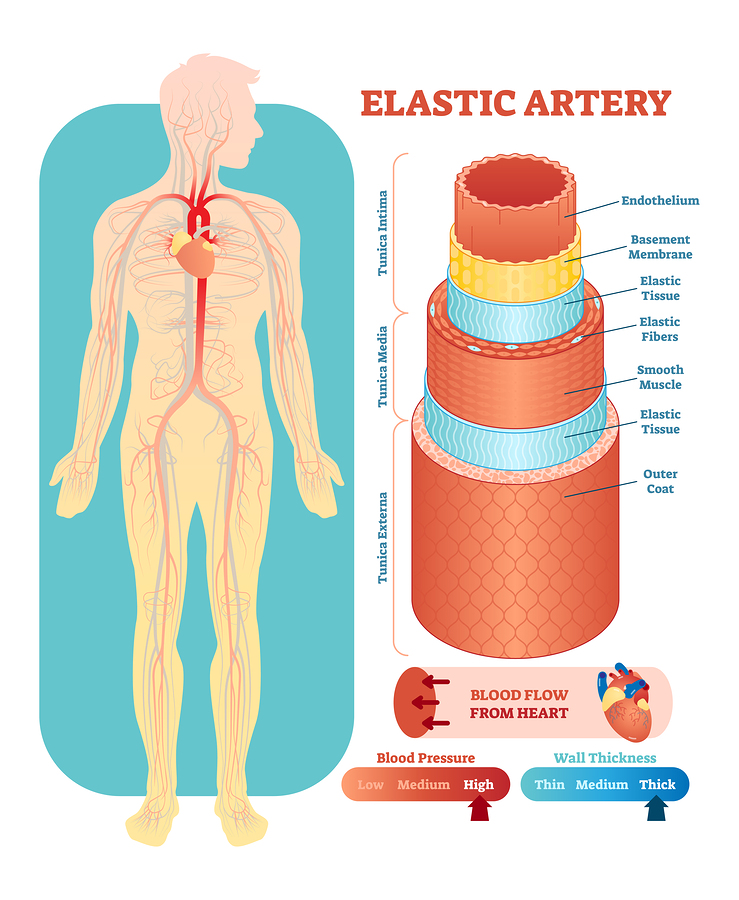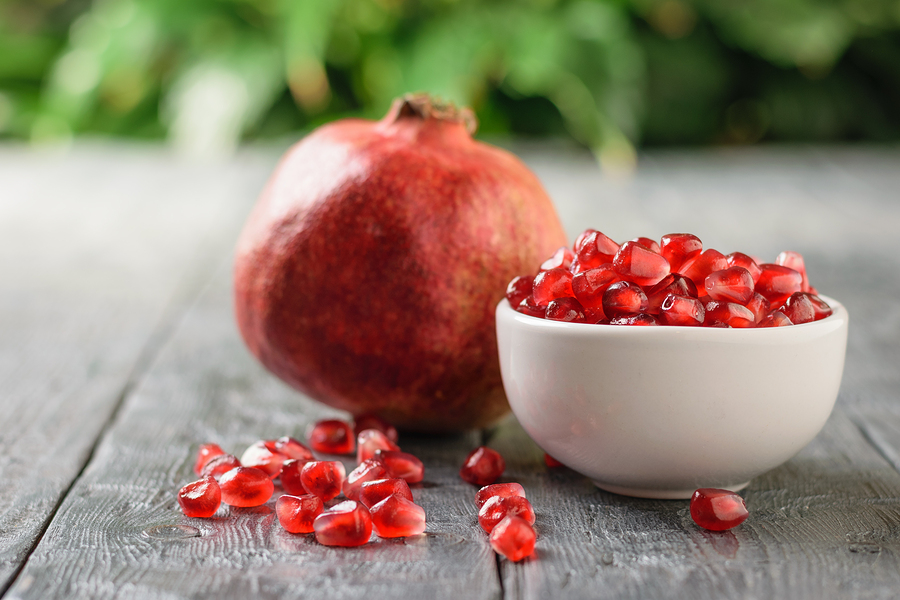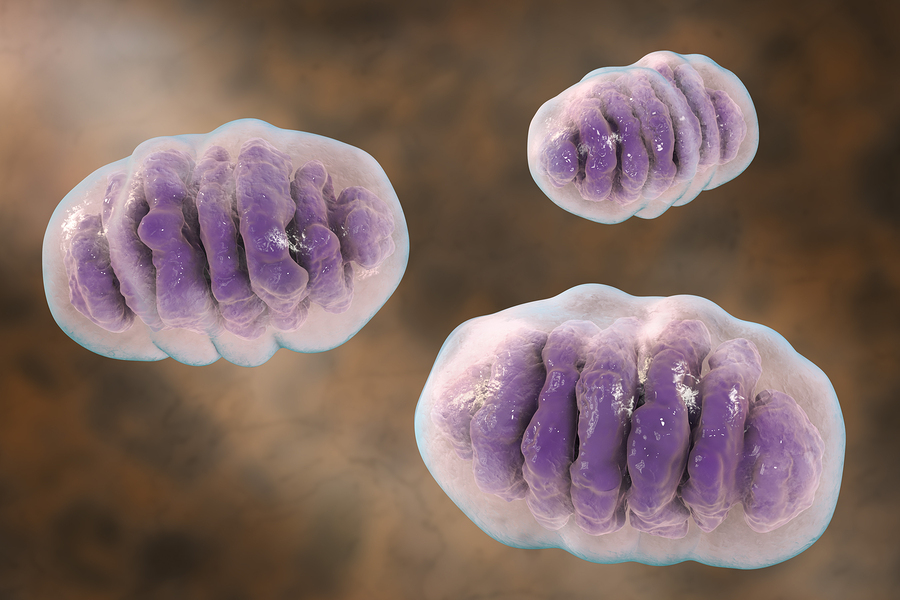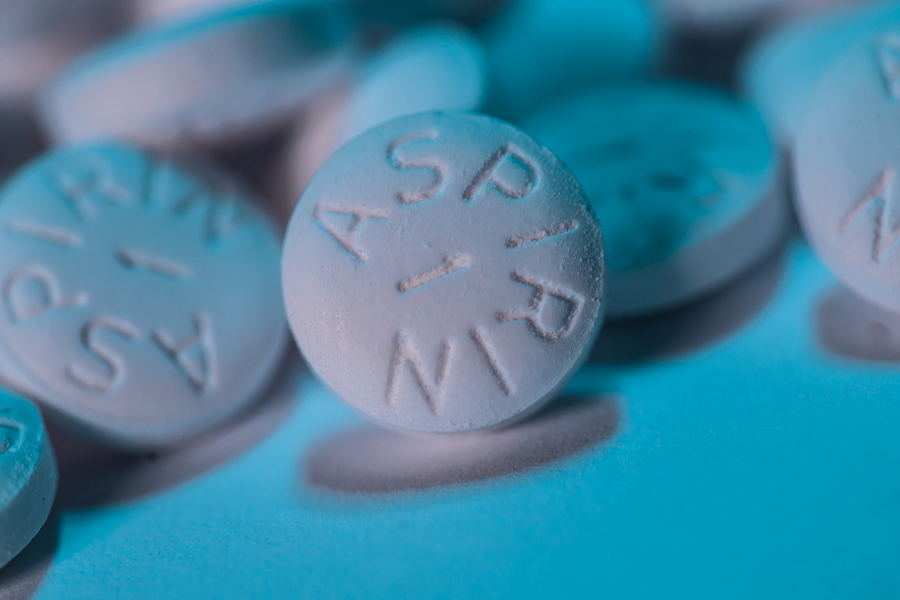As people age one of their concerns is improving brain function. Every study that I’ve ever seen that improves blood flow to the brain improves brain function.
It is one of the reason why I’m a big proponent of Nitric Oxide Therapy.
Helping your body improve its ability to create nitric oxide ends up improving blood flow. Improved blood flow improves the deliver of oxygen and nutrients to the brain. As well as helps to properly remove metabolic waste.
This allows your brain cells to function better.
What is critical to blood flow is the health of your endothelium and its ability to properly produce nitric oxide.
The importance of your endothelium was recently highlight in a 2019 video that I saw from the BrainMind Summit. In this video Dr. George Church of Harvard Medical School made the following statement:
“Here some stem cells are turning into two different kinds of important brain cells. The one that everyone thinks about which is neurons . . . but the one that people tend to forget about is the endothelium, which provides the blood to the neurons. And there is almost exactly 1 capillary per neuron. So you have 86 billion neurons in your brain you have almost 86 billion capillaries. . .”
Capillaries are needed to bring the oxygen and nutrients to the neurons. Capillaries are endothelial tissue.
Thus the health of your endothelial tissue helps determine the health of your capillaries.
And contained in your endothelium are enzymes that convert the amino acid L-arginine to nitric oxide.
Nitric oxide then dilates the blood vessels for improved blood flow.
As I’ve already stated, improved blood flow delivers more oxygen and nutrients, which then nourishes your neurons to improve their performance.
One of the ways for improving brain function is to improve the health of your endothelium and its ability to properly produce nitric oxide. To this end there are five key ingredients. They are: Read More →

